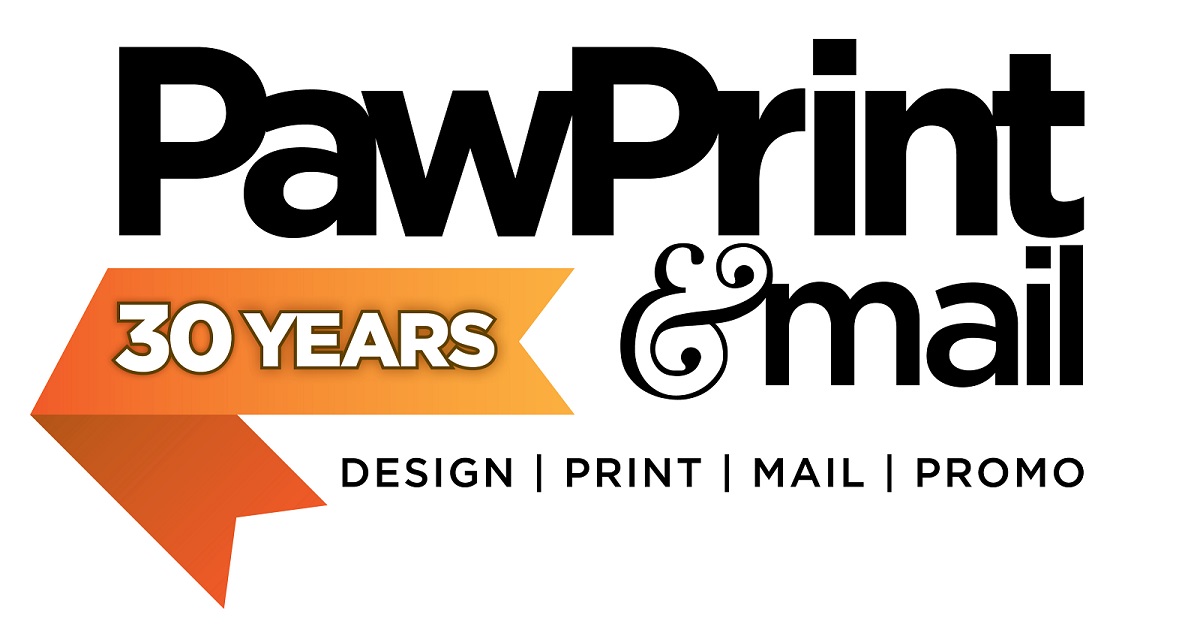
Storytelling is an essential and ancient part of human communication. Before the advent of writing, detailed stories were told orally, passed from generation to generation. Stories hold meaning for cultures, reflecting their histories, beliefs, and customs. We tell stories to learn, build relationships, and make sense of the world around us.
In fact, our brains are programmed to recognize patterns and find meaning in those patterns. A story is a kind of pattern, and stories are an effective marketing tool that you can use to build connection with your audience.
There are good stories, and then there are great stories, the ones we remember. But what makes a compelling, memorable story?
Elements of an Effective Story
1) Be Memorable with Emotion

Facts and figures are essential to marketing—you need data to understand and relay your progress, as well as understand the state of your business. But numbers alone don’t inspire strong emotions. According to communications specialist Rob Biesenbach, 63% of people remember stories, but only 5% remember statistics.
There’s science behind this notion as well. When we are exposed to facts, two parts of our brains are activated, to take in information and to process. On the other hand, a story activates several areas across the entire brain.
And, these areas aren’t just accepting information—they’re experiencing the story. Think of the last book you read. Maybe the main character slipped into a cool lake on a scorching hot day or felt full of fear before giving an important speech. Did you feel the relief of that cool water, or find yourself growing anxious on behalf of the character? That’s the power of a good story. And it reflects the fact that when we hear a story and when we have a physical experience, the same areas of our brains are activated—the brain doesn’t differentiate between a story and an experience.
Know the Emotions of your Customer
Stories can be emotional in and of themselves, so that most of us who hear the story feel the same emotions. You can also tap into your potential customer’s emotions by telling a story you know will resonate with a specific fear or desire they are experiencing.
Say Sally has always wanted to play the piano. You’re selling a system that will help your customers learn to play the piano fast, efficiently, and well. You can tell a story with the main character flawlessly playing a piece on the piano, finishing to a round of applause. Poise your product as the solution to that specific fear or desire in the story, and potential customers will be flocking to your brand.
2) Show Your Unique Side
Unless you’re selling a never-before-seen product, you’ve got competition. And even if your business is exclusive in what you offer, you’re still competing against countless other businesses and products for a consumer’s spending dollars. Why should a potential customer choose you?
Stories help you out here. Even if your business offers the same services as several others, only yours has your unique story. Telling the story of how you founded your company, developed your product, or helped a customer shows the special, human side of your business that separates you from the crowd and helps you connect with consumers on a personal, human level.
3) Inspire Action!

When we feel positive emotions, we want to do what we can to ensure those feelings continue. And when we feel negative emotions, like anger or fear, we want to act as soon as possible to stop those feelings. Because stories can make us emotional, they can also spur us to action. If your story inspires relief in consumers—finally, here is a solution to my problem—they’ll want to act to obtain that relief as soon as possible. They may have been searching for this solution for a long time. But your story raises the stakes—act NOW and your problem will disappear.
Stories also make us more likely to act because they can increase the perceived value of a product. A study called the Significant Objects Project found that when inexpensive items were marketed along with a story, the perceived worth of the objects increased, and buyers were willing to pay more for them than the object itself was worth. In this experiment, the purchasers knew the stories weren’t true—even still, the narrative gave buyers more of a reason to purchase.
4) Connect with Values
Consumers, especially Millennials, make purchase decisions as extensions of their values and identity. If a company doesn’t align with those values, consumers are more likely than ever to look elsewhere for their needs.
When you tell your story, you have a great opportunity to highlight what is important to you, what your company stands for, and your ultimate goals. Whatever those goals may be, they’ll likely resonate with a specific audience. This makes them more likely to purchase from you and to feel a greater connection to your business.
5) Make Use of Visuals
A story is built on compelling words. But sometimes, words aren’t enough. A captivating visual can say a lot, which is why the best stories make use of words and visuals to convey a message. Whether you’re talking about a specific individual, event, or circumstance, make sure to include visuals relevant to the story.
6) Personalize

It helps to tell your story from a particular point of view, whether it’s your own, someone in a similar situation as your potential customer, or someone who was helped by your product. This helps to put a face to the issue. Your product may have helped thousands of consumers. But being able to put a face and truthful, personal words to it can make all the difference.
What brand stories do you remember? Let us know! And, if you need help telling the story of your business, Paw Print offers copywriting as a service.
Now, go on. Tell me a story.
